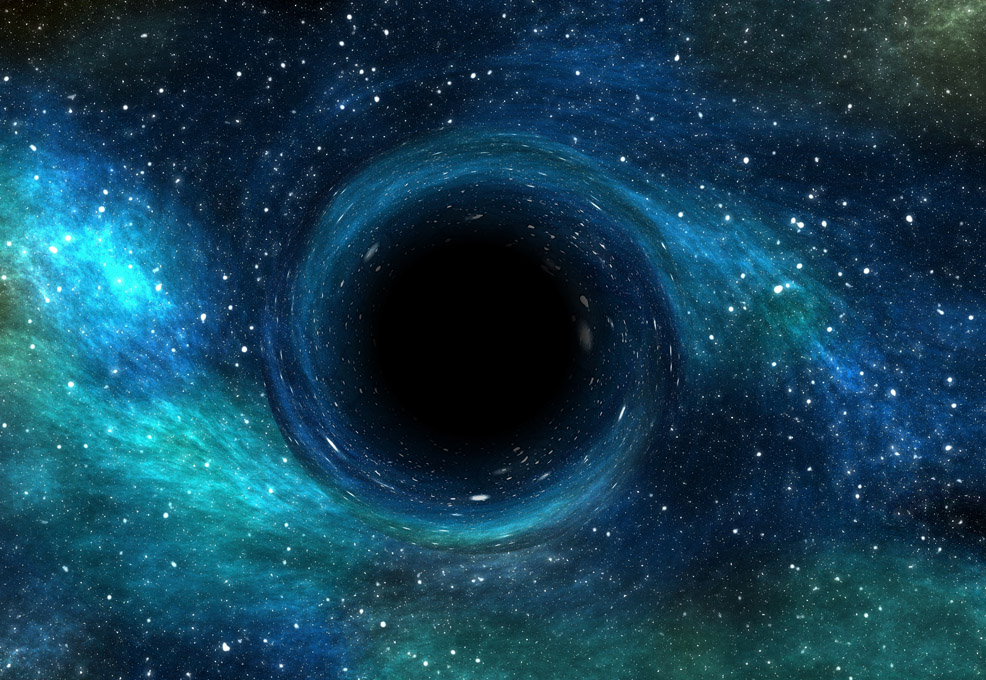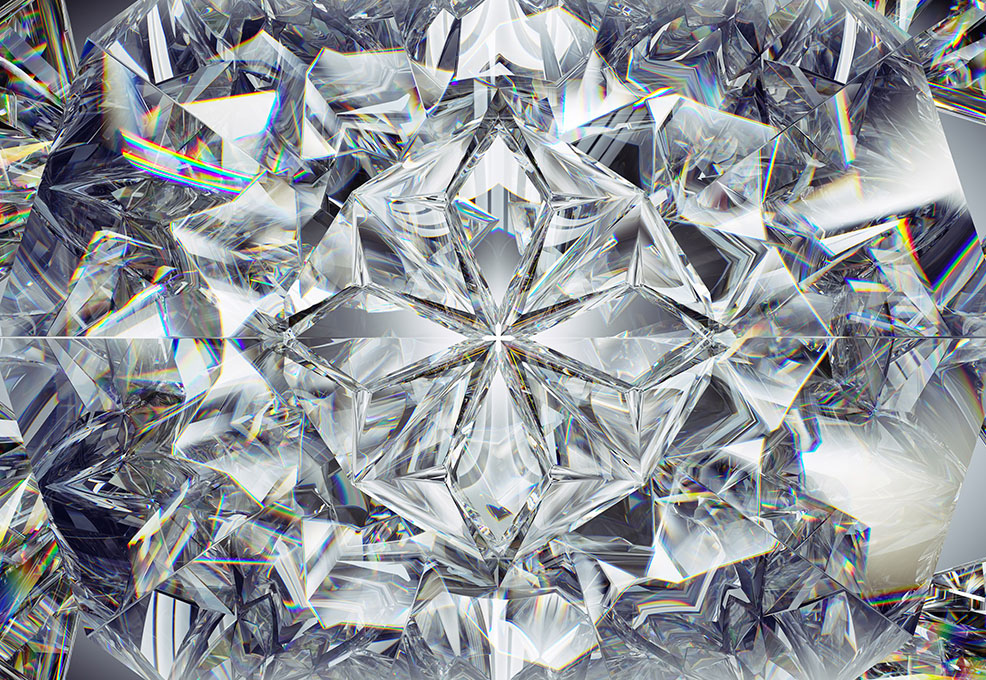Breakthrough Discovery: Revealing Cosmic Re-ionization Using Black Holes as Background Lights
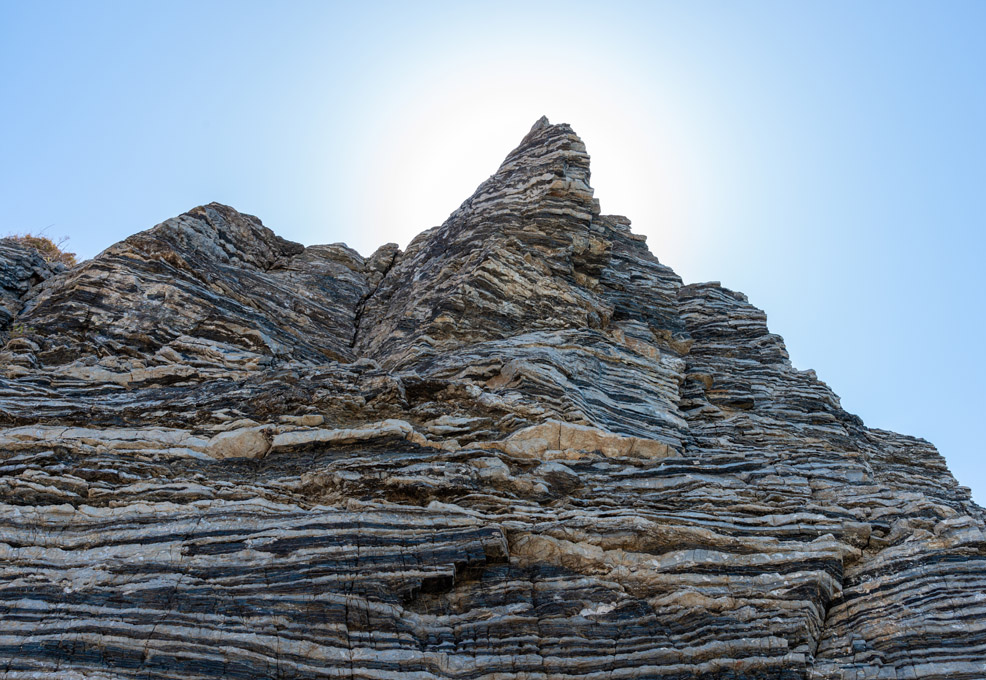
Author(s)
Sun-Lin ChungBiography
Prof. Sun-Lin Chung is the current Director and a Distinguished Research Fellow at the Institute of Earth Sciences, Academia Sinica and, through joint appointment, a Distinguished Chair Professor at the Department of Geosciences, National Taiwan University. His major research field includes igneous geochemistry, petrogenesis, and Asian magmatism and tectonics.
Academy/University/Organization
National Taiwan University-
TAGS
-
Share this article
You are free to share this article under the Attribution 4.0 International license
- NATURAL SCIENCES
- Text & Image
- July 19,2019
Asia, the largest composite continent on Earth today, is the best natural laboratory for geologists to study continental orogeny and the “classical” problems of plate tectonics such as mountain building, magma genesis and crustal formation. Based on the supports from MOST, a 10-year research project entitled “Tibet & Beyond” was set up originally to make a comparative investigation of two active and most important continental collision zones, i.e., Tibet/Himalaya and Caucasus/Iran/Anatolia (CIA), in the eastern Tethyan orogenic belt. The project was later expanded to the Central Asian Orogenic Belt (CAOB) and then to its modern analogue in South East Asia (SEA), to explore the continental evolution of entire Asia over space and time. Using a number of “state-of-the-art” geochronological and geochemical tools, this study deals essentially with key magmatic records from the Asian orogens. The results are expected to yield critical new constraints, derived specifically from geochemical perspectives, which can help comprehend our understanding of the magma generation, crustal growth, topographic change, and major geodynamic processes through which continental orogeny evolves.
Asia, the largest composite continent on Earth today, is the best natural laboratory for geologists to study continental orogeny and the “classical” problems of plate tectonics such as mountain building, magma genesis and crustal formation. Based on the supports from MOST, a 10-year research project entitled “Tibet & Beyond” was set up originally to make a comparative investigation of two active and most important continental collision zones, i.e., Tibet/Himalaya and Caucasus/Iran/Anatolia (CIA), in the eastern Tethyan orogenic belt. The project was later expanded to the Central Asian Orogenic Belt (CAOB) and then to its modern analogue in South East Asia (SEA), to explore the continental evolution of entire Asia over space and time. Using a number of “state-of-the-art” geochronological and geochemical tools, this study deals essentially with key magmatic records from the Asian orogens. The results are expected to yield critical new constraints, derived specifically from geochemical perspectives, which can help comprehend our understanding of the magma generation, crustal growth, topographic change, and major geodynamic processes through which continental orogeny evolves.

Fig. 1. The “Tibet & Beyond” research project supported by MOST (Ministry of Science and Technology)
• Tibet/Himalaya Orogen: pioneering works from “the roof of the world”
The Tibetan plateau, and the surrounding mountain ranges including the Himalayas, is the consequence of India-Asia continental collision that started in early Cenozoic time. By leading one of the first and arguably most successful research teams applying modern geochemical techniques to the study of Tibetan tectonics, Prof. Chung and collaborators have published some significant papers that have attracted extensive attention. For example, Chung et al.’s (2003) paper published in Geology reports the discovery of a specific igneous rock “adakite” from southern Tibet. This finding provided new constraints not only to Tibetan orogenesis, but also to the growth of Earth’s early continental crust. This and a subsequent paper, Chu et al. (2006), by the same team are two “Highly Cited Geology Papers” published during 2000-2010 in the journal (as of Dec. 2012). In addition, Chung et al.’s (2005, Earth-Sci. Reviews) paper that proposed an acknowledged model for Tibetan post-collisional magmatism has now become a “classical” article (>900 citations) for deciphering the geodynamic significance from complex igneous records in Tibet and other orogens. Prof. Chung was therefore awarded in 2014 by The World Academy of Sciences with the TWAS Prize in Earth Sciences and in 2016 by GS-EAG as a Geochemical Fellow for his “significant contribution to our understanding of continental tectonics and magma generation based on studies in High Asia and neighboring regions.”
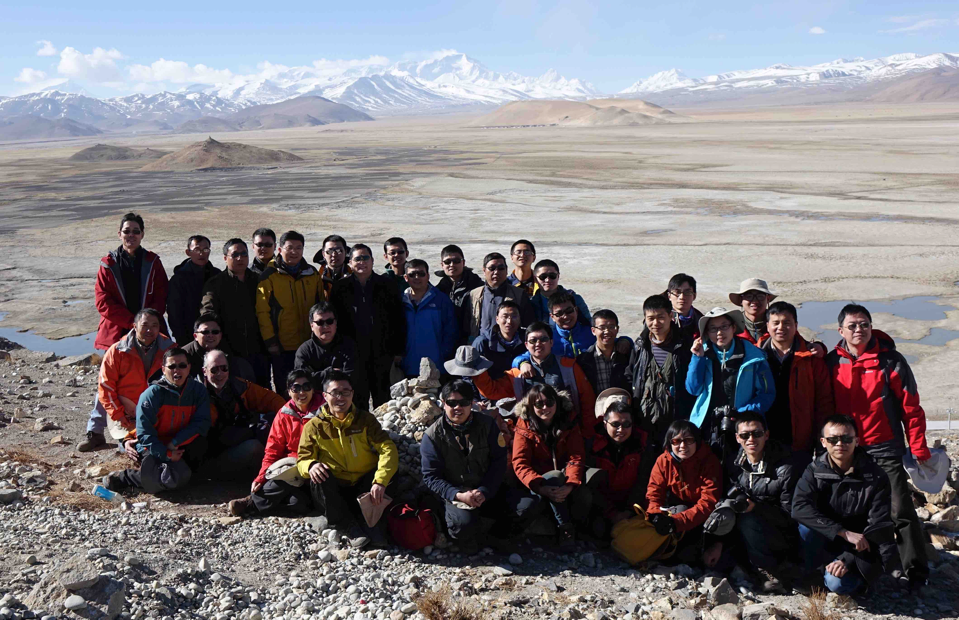
Fig. 2. Group photo of a post-conference field excursion in southern Tibet
• Caucasus/Iran/Anatolia (CIA) Orogen: new insights into the “orogenic cycle”
The original goal of this project is twofold, one is to maintain the leading position in the study of tectonomagmatic evolution in the Tibet/Himalaya orogen and neighboring regions, and the other is to create the competitive edge in the CIA orogen by performing detailed work in specific areas. A major result Prof. Chung and his team have obtained from the CIA orogen was a large set of age and geochemical data of high quality, not only leading to noticeable publications in highly reputed journals but also demonstrating this particular part of Tethyan orogen to have been preceded by accretionary orogeny that, as best-documented in the CAOB, had formed a substantial amount of juvenile (arc) continental crust. The two “collision-type” Tethyan orogenic belts, i.e., Tibet and CIA, were both preceded by significant accretionary orogenic processes that fulfill the “orogenic cycle” evolving from an accretionary to a collisional regime. Geochemical data reveal that, in contrast to generating large portions of juvenile crust in the early, accretionary stages of orogenic development, crustal recycling plays a more important role in the later, collisional stages. The latter, exemplified in SE Turkey as well as southern Tibet, involves the addition of older continental crust material back into the upper mantle, which subsequently melted and caused compositional transformation of the juvenile crust produced in the accretionary stages (Chung, 2016, EGU Abstract).
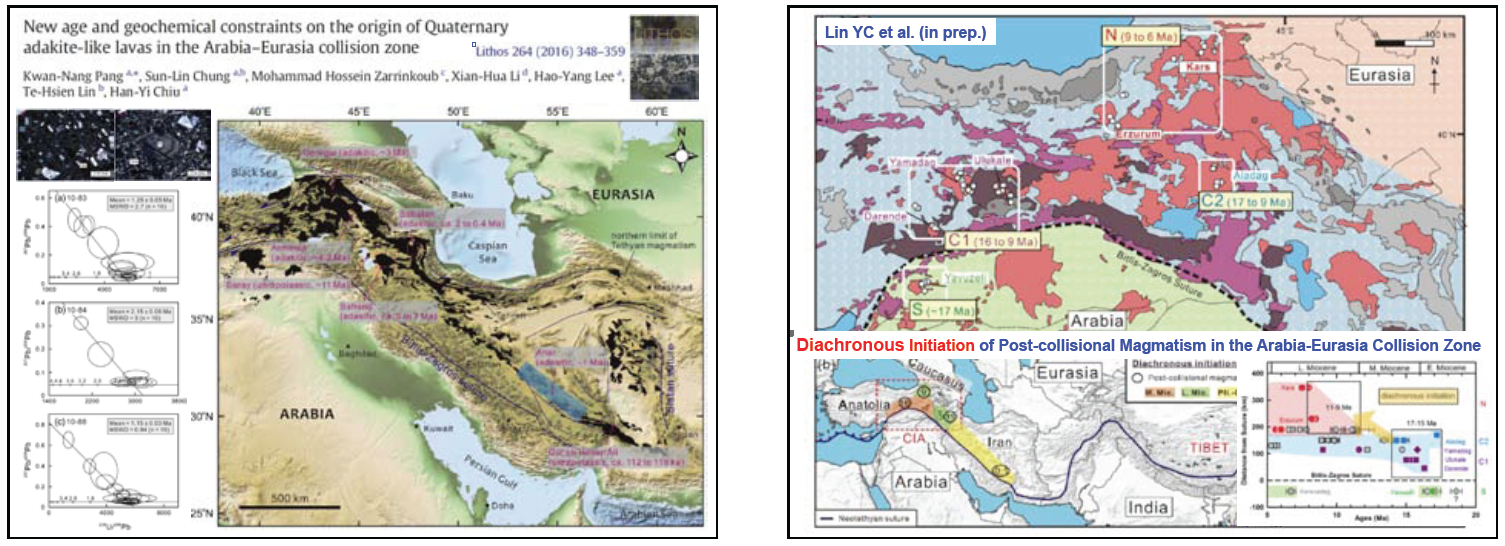
Fig. 3. (left) the study of a specific Quaternary volcanic activity from SE Iran, and (right) a study about diachronous initiation of post-collisional magmatism in the Arabia-Eurasia collision zone.
•South East Asia (SEA): the present-day laboratory of plate tectonics
Similar features are observed in young volcanic rocks from eastern Taiwan (Shao et al., 2015, Geology; Lai et al., 2017, Lithos), i.e., the northern Luzon arc and part of the complex and active subduction/accretion/collision system in SEA that may evolve one day to resemble the eastern Tethyan and central Asian orogenic belts by collision with the advancing Australian continent. Therefore, SEA is a modern example and natural laboratory that provides us with the best, albeit rare, opportunity to study in greater detail the entire accretionary and collisional tectonic processes responsible for the mountain building and crustal formation in Asia during the Phanerozoic, and for continental orogenesis worldwide. This “Tibet & Beyond” project, under a broad framework, plans to investigate more comprehensively some key geologic components in not only eastern Tethys, but also CAOB and SEA, and to explore the overall spectrum of the continental orogenic cycle that evolved repeatedly from an accretionary into a collisional system in Asia to form the largest composite continent on Earth today.

Fig. 4. An international conference of the BEST (bridging earth science and technology) project, also supported by MOST as a key component of the New Southbound Policy, for promoting international collaboration on earth science study and smart disaster reduction in SEA.
STAY CONNECTED. SUBSCRIBE TO OUR NEWSLETTER.
Add your information below to receive daily updates.


